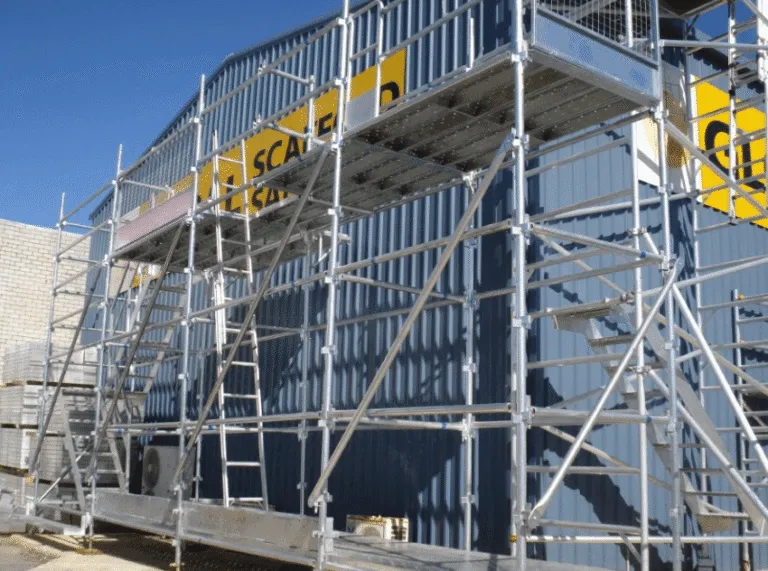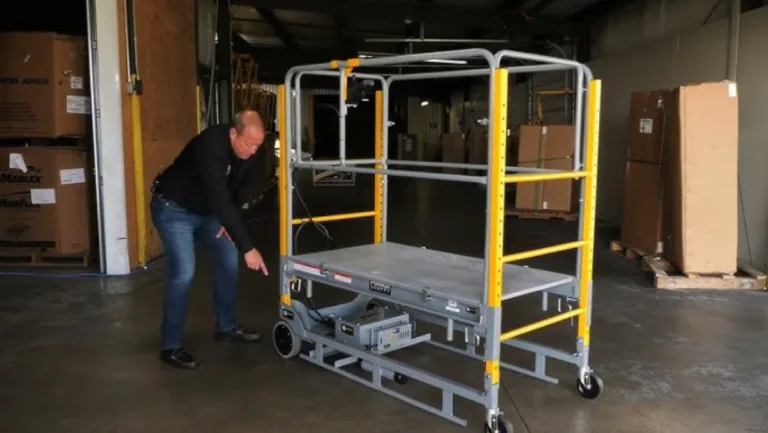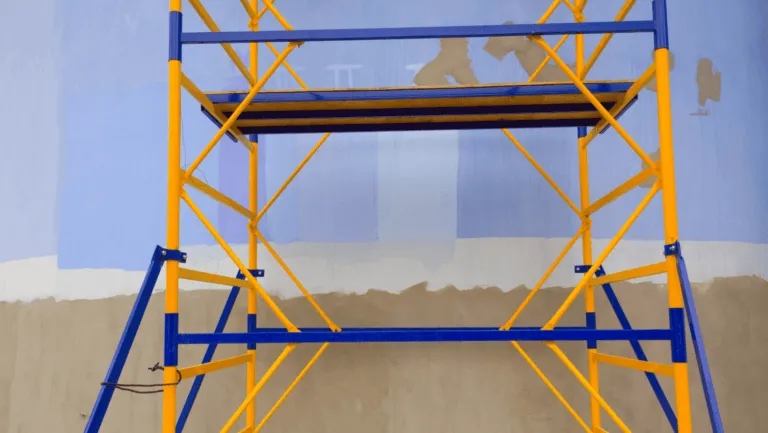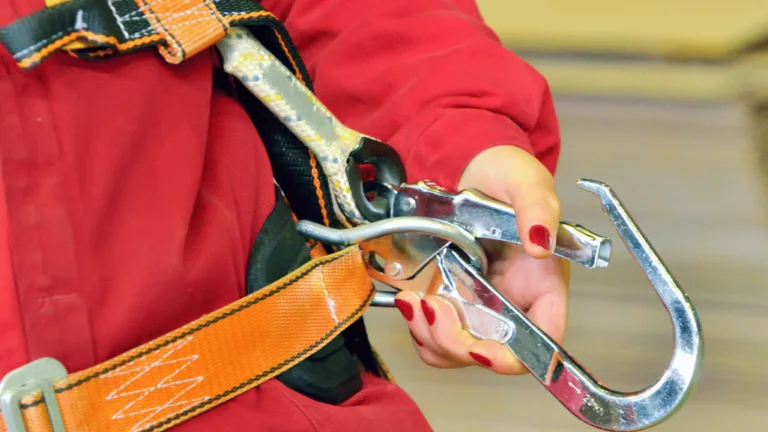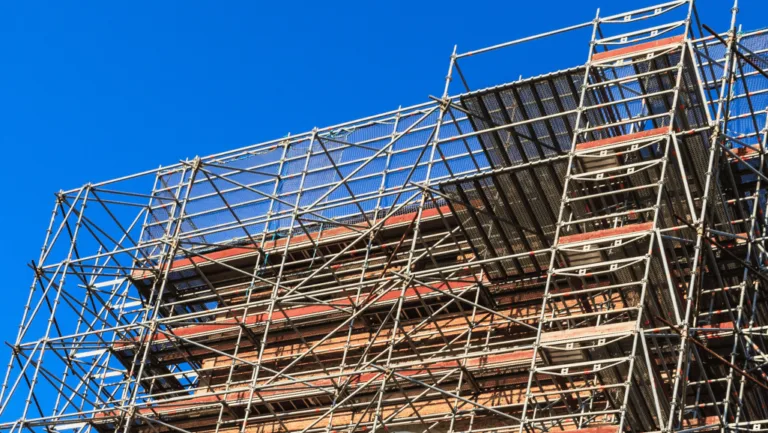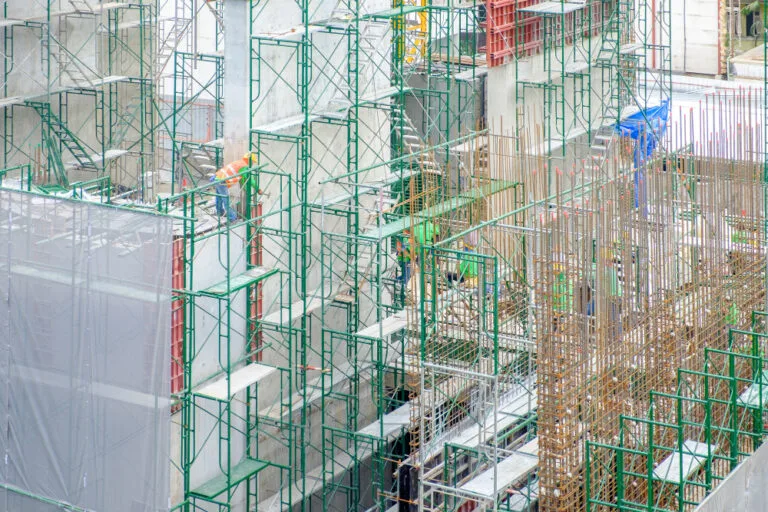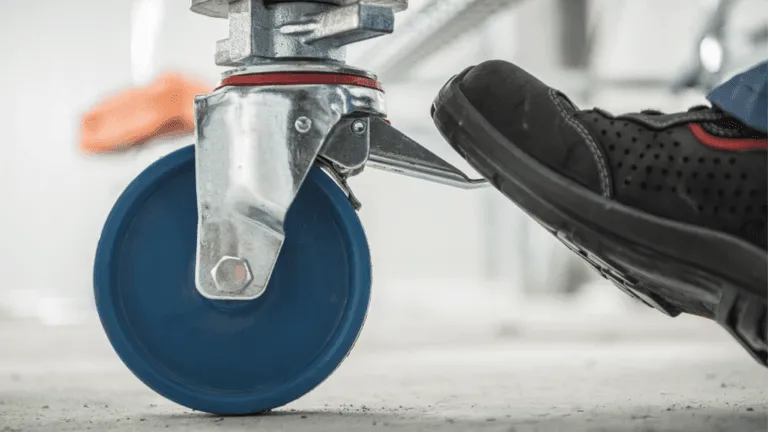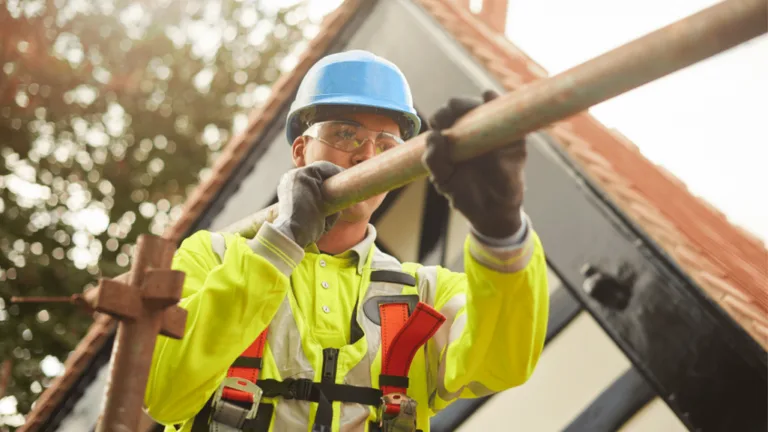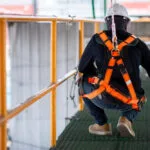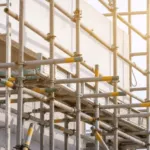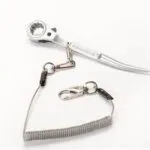Phone:
(+65)8319-0742
Cuplock scaffolding is a versatile and reliable solution for construction projects. It is a modular scaffolding system that consists of vertical standards, horizontal ledgers, diagonal braces, and steel or timber planks. The cuplock system is known for its efficiency, versatility, and adherence to quality standards. It is designed and manufactured to meet the British Standard for scaffolding quality (BS EN 12811-1), ensuring optimum performance, durability, and safety on construction sites.
Key Takeaways:
- Cuplock scaffolding is a versatile and reliable solution for construction projects.
- It consists of vertical standards, horizontal ledgers, diagonal braces, and steel or timber planks.
- The cuplock system is known for its efficiency, versatility, and adherence to quality standards.
- It is designed and manufactured to meet the British Standard for scaffolding quality.
- Cuplock scaffolding ensures optimum performance, durability, and safety on construction sites.
Cuplock System Overview
The cuplock system scaffolding is a versatile and efficient solution for construction projects. It consists of essential components that seamlessly work together to create a sturdy and reliable framework.
The vertical standards, also known as standards or verticals, are load-bearing pillars with cup-shaped connectors at regular intervals. These vertical standards provide the structural support for the entire scaffold system, ensuring stability and safety.
The horizontal ledgers are connected to the vertical standards, forming horizontal levels that further enhance the strength of the scaffold. These ledgers create a robust framework that can withstand heavy loads and provide a secure working platform for construction workers.
Diagonal braces are an integral part of the cuplock system scaffolding. They are used to provide additional stability and prevent any lateral movement of the scaffolding structure. These braces are essential for ensuring the safety of workers and the overall integrity of the scaffold.
Steel or timber planks are used as working platforms in the cuplock system. These planks are securely placed on the horizontal ledgers, providing a stable surface for construction activities. The cuplock system is designed to accommodate various plank materials and sizes, offering flexibility to meet different project requirements.
Overall, the cuplock system scaffolding is a reliable and versatile solution that provides a strong framework for construction projects. Its components work together harmoniously to ensure stability, safety, and efficiency on construction sites.
Advantages of the Cuplock System
- Efficient and quick assembly and disassembly
- High load capacity and durability
- Flexible plank material and size options
- Stable and secure working platform
- Can be used for various project requirements
- Corrosion-resistant finish for longevity
Quality Assurance
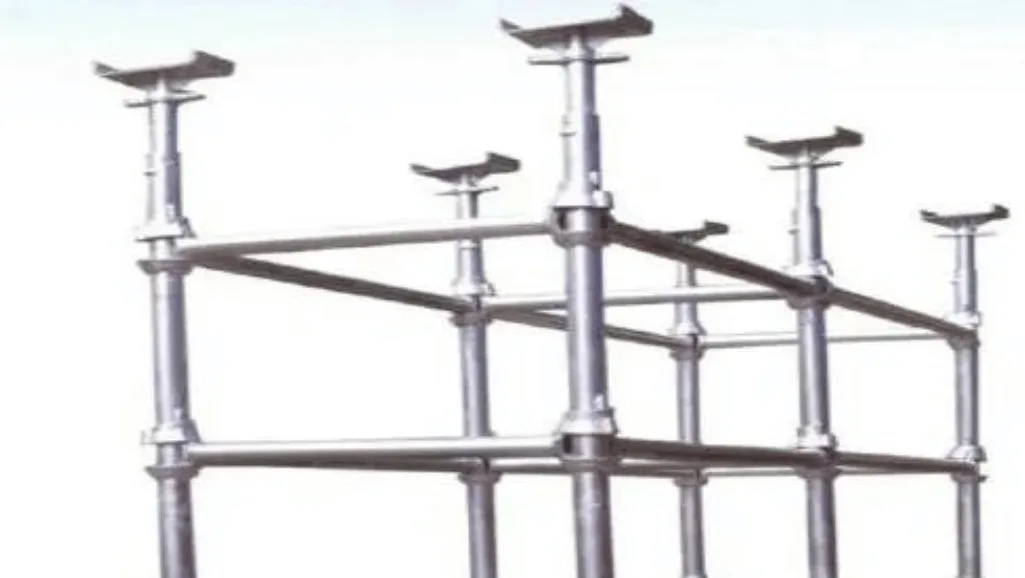
The cuplock system scaffolding is designed and manufactured to meet the British Standard for scaffolding quality (BS EN 12811-1). This standard ensures that the system components, such as vertical standards, horizontal ledgers, diagonal braces, and planks, are manufactured to consistent and reliable specifications. Adherence to the British Standard guarantees the performance, durability, and safety of the cuplock system scaffolding on construction sites.
By following the British Standard, contractors can trust that their cuplock scaffolding meets rigorous quality standards. This not only ensures the safety of workers but also enhances the overall efficiency of construction projects. The cuplock system scaffolding, engineered to precise specifications, enables a seamless installation process and provides a reliable and sturdy framework for workers to perform their tasks with confidence.
With the cuplock system scaffolding meeting British Standard requirements, contractors can rest assured that they are working with a high-quality and dependable solution. This commitment to scaffolding quality results in increased productivity, reduced downtime, and enhanced safety measures on construction sites.
The Benefits of Adhering to the British Standard
There are numerous advantages to utilizing cuplock scaffolding that meets the British Standard for scaffolding quality:
- Improved Safety: The British Standard ensures that the cuplock system scaffolding components are manufactured to withstand heavy loads and provide stability, reducing the risk of accidents and making the work environment safer for construction workers.
- Enhanced Durability: Cuplock scaffolding built in accordance with the British Standard is designed to endure the challenging conditions of construction sites, ensuring longevity and reducing the need for frequent repairs or replacements.
- Predictable Performance: Adhering to the British Standard guarantees consistent quality and performance of cuplock scaffolding, eliminating uncertainties and providing contractors with a reliable solution.
- Compliance with Regulations: Meeting the British Standard for scaffolding quality ensures that contractors adhere to industry regulations and guidelines, demonstrating their commitment to safety and quality.
Overall, the British Standard for scaffolding quality reinforces the importance of utilizing cuplock system scaffolding that meets stringent standards. By choosing cuplock scaffolding manufactured in accordance with the British Standard, contractors can confidently rely on a scaffolding solution that guarantees optimal performance, durability, and safety on construction sites.
Benefits of Cuplock Scaffolding

Cuplock scaffolding offers several benefits for construction projects. It is a reliable and top-quality solution that provides durability and strength. The versatile nature of the cuplock system allows for easy assembly, disassembly, and adjustment on-site, saving time and costs. Cuplock scaffolding is also affordable compared to other scaffolding systems, making it a cost-effective choice for contractors.
Reliability and Durability
The main advantage of cuplock scaffolding is its reliability and durability. The cuplock system is designed to withstand heavy loads and provide a stable working platform for construction workers. The robust construction and high-quality materials ensure that the scaffolding can endure the demands of various construction projects, ensuring safety and reliability.
Versatility and Flexibility
The cuplock system’s modular design allows for easy assembly, disassembly, and adjustment on-site. Contractors can quickly configure the scaffolding to suit different project requirements, saving time and costs. The versatility of cuplock scaffolding enables its use in various construction applications, from small-scale residential projects to large-scale industrial structures.
Affordability
Compared to other scaffolding systems, cuplock scaffolding offers an affordable solution without compromising quality. The efficient design and ease of use contribute to cost savings during installation and dismantling. Contractors can rely on cuplock scaffolding to provide a cost-effective and reliable scaffolding solution.
| Reliable | Versatile | Affordable | |
|---|---|---|---|
| Strength | Can withstand heavy loads | Adaptable to various project requirements | Cost-effective compared to other systems |
| Durability | Long-lasting materials | Easy assembly, disassembly, and adjustment | Reduces installation and dismantling costs |
| Stability | Provides a stable working platform | Suitable for diverse construction applications | Offers value for money |
Applications of Cuplock Scaffolding
Cuplock scaffolding is a versatile and trusted solution that finds applications across various construction projects. Its durable design and modular structure make it suitable for a wide range of uses, from small-scale residential constructions to large-scale industrial structures.
The durability of cuplock scaffolding makes it an ideal choice for heavy-duty applications. It can withstand the demands of construction projects, providing a sturdy and secure working platform for workers. The cuplock system’s robust construction ensures longevity and reliability, regardless of the project size or complexity.
Residential Constructions
In residential construction projects, cuplock scaffolding offers a reliable and versatile solution. It provides a stable platform for workers to perform tasks such as bricklaying, plastering, painting, and window installation. The modular design allows for easy adjustments and customization, ensuring efficient progress throughout the project.
Commercial Buildings
For the construction of commercial buildings, cuplock scaffolding proves to be invaluable. Its versatility enables easy installation for applications such as concrete formwork, concrete beam support, and facade construction. The flexibility of the cuplock system allows it to adapt to different building designs and requirements, ensuring the smooth execution of construction activities.
Industrial Structures
Industrial structures often demand robust and reliable scaffolding solutions, and cuplock scaffolding fits the bill perfectly. It provides a safe and stable platform for workers to undertake tasks such as equipment installation, maintenance, and repair work. The durability of cuplock scaffolding ensures its ability to withstand heavy loads and harsh working conditions commonly found in industrial settings.
Contractors trust cuplock scaffolding for its versatility, adaptability, and ease of use. Its reliable performance and adherence to safety standards make it an essential tool for construction projects of all scales. Whether it’s a residential, commercial, or industrial construction, cuplock scaffolding proves to be a trusted solution that ensures efficient and safe work practices.
How to Build Cuplock Scaffolding System
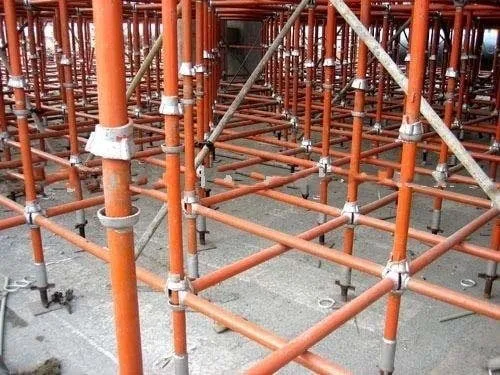
Building a cuplock scaffolding system is a step-by-step process that ensures stability and safety on construction sites. Follow these guidelines to erect and assemble your cuplock scaffolding:
Step 1: Placing Cuplock Base Plates
Start by positioning the cuplock base plates at the desired locations. These plates serve as the foundation for the scaffolding system, providing stability and load distribution.
Step 2: Installing Vertical Standards
Place the vertical standards, also known as uprights, on each cuplock base plate. These vertical tubes act as the pillars of the scaffold, supporting the entire structure.
Step 3: Attaching Horizontal Ledgers
Fix the horizontal ledgers between the vertical standards to create a sturdy framework. These ledgers connect the standards horizontally, ensuring the stability and strength of the scaffolding system.
Step 4: Checking Levelness and Squareness
Measure the levelness and squareness of the scaffold using spirit level tools and adjustable base jack handles. Ensuring proper alignment will contribute to the stability and safety of the cuplock scaffolding.
Step 5: Locking Ledger Blades
Secure the ledger blades in place using top cups. These top cups lock the horizontal ledgers, preventing them from dislodging during construction activities.
Step 6: Adding Steel Planks
Place steel planks on the horizontal ledgers to form a scaffold deck. These planks provide a stable and secure working platform for construction workers. Ensure they are properly fitted and fastened for maximum safety.
Step 7: Enhancing Stability
To further enhance the stability and safety of the cuplock scaffolding system, add additional vertical standards, diagonal braces, and horizontal braces. These components reinforce the structure and prevent any potential instability.
By following these steps, you can successfully erect and assemble a cuplock scaffolding system, creating a safe and reliable working platform for construction projects. Remember to prioritize safety and adhere to relevant regulations and guidelines throughout the process.
| Steps | Description |
|---|---|
| Step 1 | Placing Cuplock Base Plates |
| Step 2 | Installing Vertical Standards |
| Step 3 | Attaching Horizontal Ledgers |
| Step 4 | Checking Levelness and Squareness |
| Step 5 | Locking Ledger Blades |
| Step 6 | Adding Steel Planks |
| Step 7 | Enhancing Stability |
Cuplock Scaffolding Parts
Cuplock scaffolding is a comprehensive system that comprises various components designed to work together seamlessly. These parts ensure the stability, durability, and efficient functioning of the scaffold. Understanding each key element of cuplock scaffolding is essential for successful construction projects.
1. Cuplock Scaffold Standards
The cuplock scaffold standards, also known as standards or uprights, are the vertical tubes that form the structural backbone of the scaffold. They provide the main vertical support and connection points for the horizontal ledgers and diagonal braces. Cuplock scaffold standards are available in different lengths to accommodate various construction requirements.
2. Cuplock Scaffold Ledgers
The cuplock scaffold ledgers are horizontal tubes that connect the vertical standards, creating a sturdy and reliable framework. These ledgers are crucial for distributing the weight and load evenly across the scaffold, enhancing its overall stability. Cuplock scaffold ledgers come in different lengths and sizes to accommodate different project dimensions.
3. Cuplock Scaffold Diagonal Braces
Cuplock scaffold diagonal braces play a vital role in providing additional stability and strength to the scaffold structure. They are angled tubes that connect the vertical standards, reducing lateral movement and preventing sway. Cuplock scaffold diagonal braces are available in various lengths and angles to suit different scaffold configurations and project requirements.
4. Base Jacks
Base jacks are adjustable screws or plates that form the base of the cuplock scaffolding system. They provide support and stability by allowing precise leveling of the scaffold on uneven surfaces. Base jacks are an essential component for ensuring a secure and level foundation for the entire scaffold structure.
5. Top Cups
Top cups are specialized connectors that secure the horizontal ledgers onto the vertical standards. They ensure a tight fit and effective joint connection, preventing any movement between the components. Top cups play a crucial role in maintaining the structural integrity of the scaffold.
6. Steel Planks
Steel planks are used as working platforms on cuplock scaffolding. These planks provide a stable and secure surface for construction workers to stand on while carrying out their tasks at various heights. Steel planks are strong and durable, able to withstand heavy loads and ensure the safety of workers on the scaffold.
Each component in cuplock scaffolding is engineered and manufactured to meet industry standards for durability, strength, and ease of use. By understanding the role and importance of these parts, construction professionals can ensure the effective assembly and safe operation of cuplock scaffolding on their projects.
| Component | Description |
|---|---|
| Cuplock Scaffold Standards | Vertical tubes that form the structural backbone of the scaffold |
| Cuplock Scaffold Ledgers | Horizontal tubes that connect the vertical standards, providing stability |
| Cuplock Scaffold Diagonal Braces | Angled tubes that reinforce the scaffold structure and prevent sway |
| Base Jacks | Adjustable screws or plates that level the scaffold on uneven surfaces |
| Top Cups | Specialized connectors that secure the horizontal ledgers onto the vertical standards |
| Steel Planks | Working platforms made of durable steel for construction workers |
Cuplock Scaffold Benefits
Cuplock scaffolding offers several benefits that make it a preferred choice for construction projects. The modular design allows for easy and quick assembly, disassembly, and adjustment, providing flexibility on-site. It saves valuable time and resources, allowing construction teams to efficiently complete their tasks.
The cuplock system is known for its high load capacity and durability, ensuring a safe and secure working platform for construction workers. With its robust construction and reliable performance, cuplock scaffolding can withstand heavy loads and adverse weather conditions, providing stability and peace of mind.
The versatility of cuplock scaffolding is another key advantage. It can be easily adapted to various applications, making it suitable for a wide range of construction projects. Whether it’s for building facades, bridges, or industrial structures, cuplock scaffolding offers the flexibility and reliability needed to meet project requirements.
Furthermore, cuplock scaffolding features a corrosion-resistant finish, ensuring longevity even in challenging environments. This attribute reduces maintenance costs and extends the lifespan of the scaffolding system, making it a cost-effective choice for contractors.
Another significant benefit of cuplock scaffolding is its lightweight nature, which makes it easy to handle and maneuver during construction. This feature not only enhances worker safety but also reduces the risk of fatigue, leading to increased productivity and efficiency on the job site.
| Benefits of Cuplock Scaffolding |
|---|
| Easy and quick assembly, disassembly, and adjustment |
| High load capacity and durability, providing a safe working platform |
| Versatility for various construction applications |
| Corrosion-resistant finish for longevity |
| Lightweight and easy to handle, reducing worker fatigue |
Conclusion
Cuplock scaffolding is a reliable and versatile system that offers numerous benefits for construction projects. With its sturdy and safe working platform, cuplock scaffolding adheres to the British Standard for scaffolding quality, ensuring top-notch performance and safety on construction sites.
The modular design of cuplock scaffolding makes it incredibly easy to assemble, disassemble, and adjust on-site, saving valuable time and costs. This cost-effective solution provides contractors with an efficient and reliable scaffolding system that meets their project requirements.
Whether for small-scale residential projects or large-scale industrial constructions, cuplock scaffolding consistently delivers durability, flexibility, and trusted performance. Its ability to accommodate a variety of plank materials and sizes makes it suitable for a wide range of applications.
In summary, cuplock scaffolding is the go-to choice for contractors who value quality, safety, and efficiency. This system guarantees a reliable and efficient solution for construction projects, ensuring a secure and stable working environment. With cuplock scaffolding, contractors can confidently tackle any project, knowing they have a superior scaffolding system at their disposal.
Frequently Asked Questions
What is cuplock scaffolding?
Cuplock scaffolding is a versatile and reliable modular scaffolding system that consists of vertical standards, horizontal ledgers, diagonal braces, and steel or timber planks. It is known for its efficiency, versatility, and adherence to quality standards.
What are the main components of the cuplock system?
The main components of the cuplock system are vertical standards, horizontal ledgers, diagonal braces, and steel or timber planks. These components work together to form a sturdy framework for construction projects.
Does cuplock scaffolding meet quality standards?
Yes, cuplock scaffolding is designed and manufactured to meet the British Standard for scaffolding quality (BS EN 12811-1). This standard ensures that the system components are manufactured to consistent and reliable specifications, guaranteeing performance, durability, and safety on construction sites.
What are the benefits of using cuplock scaffolding?
Cuplock scaffolding offers several benefits, including reliability, top quality, affordability, and versatility. It provides a durable and strong solution for construction projects, allowing for easy assembly, disassembly, and adjustment on-site. The cuplock system is also cost-effective compared to other scaffolding systems.
What are the applications of cuplock scaffolding?
Cuplock scaffolding has a wide range of applications in the construction industry, from small-scale residential constructions to large-scale industrial structures. Its durability and modular design make it suitable for various projects, while its reliability, safety, and ease of use are trusted by contractors.
How do you build a cuplock scaffolding system?
Building a cuplock scaffolding system involves placing the cuplock base plates, positioning the vertical standards, fixing the horizontal ledgers, measuring the levelness and squareness, locking the ledger blades, and placing steel planks on the ledgers. Additional vertical standards, diagonal braces, and horizontal braces are added for stability and safety.
What are the parts of cuplock scaffolding?
The parts of cuplock scaffolding include vertical standards, horizontal ledgers, diagonal braces, base jacks, top cups, and steel planks. Each component is designed for durability, strength, and ease of use, ensuring a safe and secure working platform for construction workers.
What are the benefits of cuplock scaffolding?
Cuplock scaffolding offers several benefits, including easy assembly, disassembly, and adjustment. It has a high load capacity and durability, providing a safe and secure working platform. Cuplock scaffolding is versatile, corrosion-resistant, lightweight, and easy to handle, reducing the risk of worker fatigue.
Is cuplock scaffolding a reliable and efficient solution?
Yes, cuplock scaffolding is a reliable and efficient solution for construction projects. It is trusted by contractors for its durability, strength, versatility, and performance. Its adherence to quality standards ensures the safety and effectiveness of the scaffolding system.


